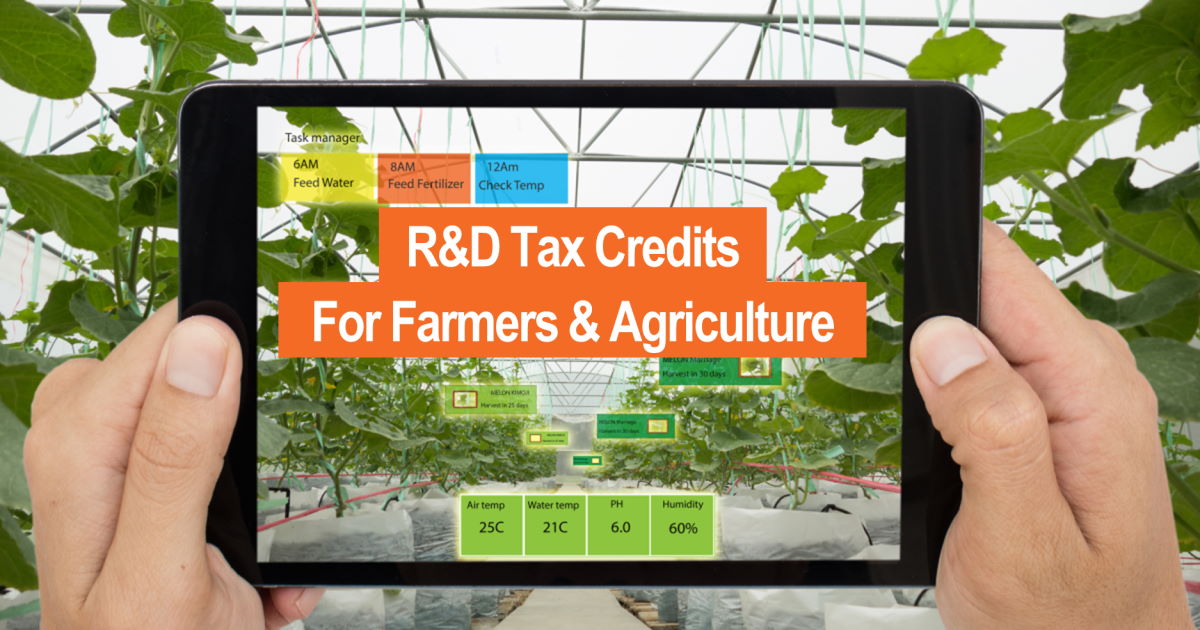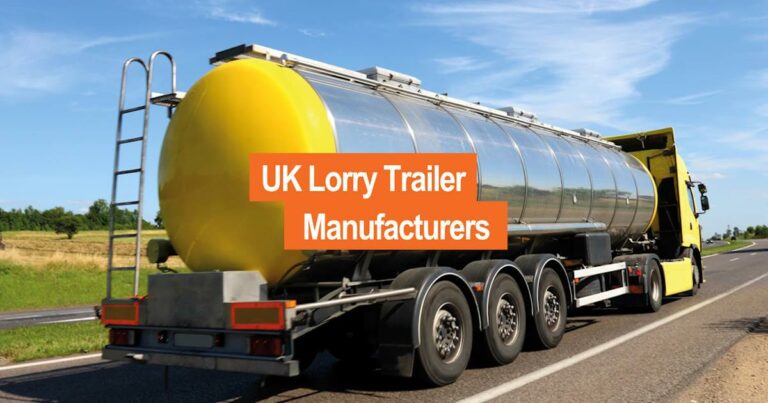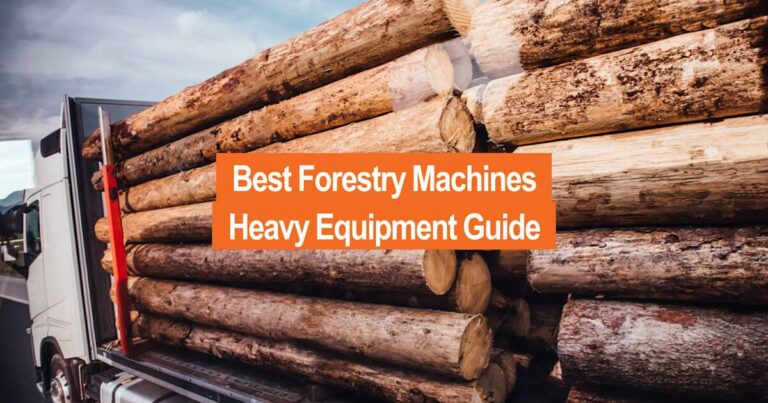The UK agricultural industry is facing more challenges than ever before. With a growing population to feed and urban areas encroaching on farmland, not to mention the impact of climate change, British farmers have to be more imaginative and innovative than ever before to provide essential food for us.
Most farmers are focusing on increasing yields, maximising efficiency, and boosting profits to ensure enough food is produced and that farming businesses make a profit. Smart farming and embracing technology now play a massive role in helping farmers meet demands, letting technology guide farming into a new era.
Yet many farmers aren’t aware that the Government offers tax relief benefits for farmers using technology in new and exciting ways. R&D tax credits could make a significant difference for farmers, but they are underused, and many don’t know what they are.
So, what constitutes R&D? What qualifies for relief, and how can you get it?
What is an R&D tax credit for farmers?
R&D stands for Research and Development. The R&D tax credit scheme is designed to offer money back to any farmers developing or using technology in new ways to make operations more efficient.
Businesses across various sectors can claim the UK R&D tax credit scheme, including agriculture, manufacturing, communication and technology, and more.
The idea behind this is that farmers who can push technology forward to improve farming processes should be rewarded. In this way, everyone benefits; farmers can improve yields and increase profits, and anyone pushing the boundaries can benefit.
An intriguing part of the R&D scheme is that even if the project fails and is not successful, you can still claim tax relief. The Government wants to encourage farmers to try to be innovative and is still willing to reward those who ultimately don’t manage to find new ways to use technology.
Average Farmer R&D Tax Relief Amount
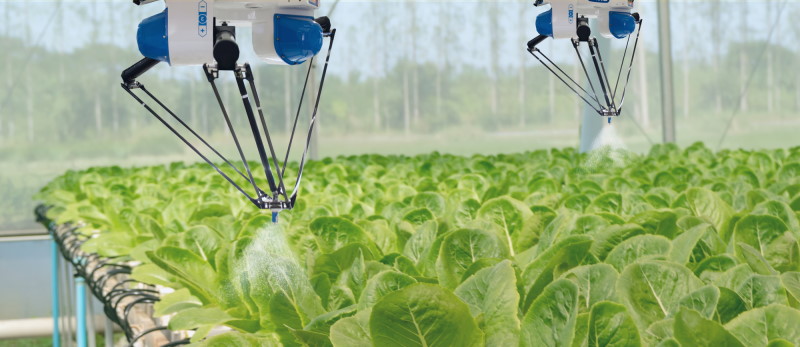
On average, UK farmers that claimed R&D tax credits in 2020/2021 benefitted from around £55,000 in cash credits or corporation tax reductions. Even smaller family-owned farms claimed an average of £42,000.
According to HMRC, this figure is increasing yearly, and more farmers are reaping the benefits of R&D credits.
Depending on the business size, the number of staff, and the scale of the “innovative” project, this can vary – with some farmers claiming back over £250,000. Most businesses can claim up to a third of the qualifying spend.
Why don’t more UK farmers claim R&D tax benefits?
With so many farmers standing to recover over £50,000, why aren’t more people talking about R&D?
According to official figures, agricultural businesses make just 1% of all R&D tax claims. In contrast, manufacturing made around 22% of all claims.
Currently, farming seems so far behind other sectors in making these claims because most farmers don’t know this tax benefit exists.
Those who do know are often unaware that even failed projects could qualify; consequently, they don’t make a claim. Others are unsure what qualifies as R&D or are under the impression that only large-scale, highly-technologically advanced projects are considered for benefits.
But you may not be aware that many of your daily farming operations could qualify for R&D relief.
What qualifies as agricultural R&D tax deductions?
The broad overview of what qualifies for R&D relief is anything that:
- Advances science of technology
- Uses existing technology in a new way
- Investigates or raises questions surrounding specific scientific or technological uncertainty
Within these main areas, any project must seek to:
- Improve process or operations
- Increase yields, production, and/or scalability
- Improve standards
- Generate new technology and/or software
These generalised aims and areas can feel overwhelming and imply that farmers must undertake revolutionary, large-scale projects to qualify. However, the costs of improving many standard daily operations also fit into these categories.
These include:
- Staff
- Subcontractors and Externally Provided Work (ESP)
- Project-specific purchases
- Power/Utilities (including heat, water, and light)
Staff: Costs associated with anyone involved in running, managing, or planning an innovative project can be claimed. The most obvious examples are if you work with a scientist, academic, or technology expert to implement changes or research new farming techniques. Hiring new staff to maintain, run and manage equipment, technology or software is a reasonable expense to claim back in an R&D claim application.
Subcontractors and ESP: If you do not directly employ an expert but instead work with an outsourced professional, subcontractor, or another third party, you can also include these costs as part of the R&D claim. Similarly, external resources and work provided by another party specifically for your project would qualify as an expense.
Project-specific purchases: Any resource, product, acquisition, or item purchased by you specifically for the R&D project which is otherwise not useful to you can also be included in your claim. Any item or product used in its entirety during the project also counts.
Power/Utilities: You can add a percentage of your standard utility and power costs to the R&D claim. This includes water, heating, and light. Only bills directly related to the project that you otherwise would not be paying can be included. This area is often the hardest to gather data for and requires farmers to measure how much power equipment uses.
Example R&D Agriculture Projects
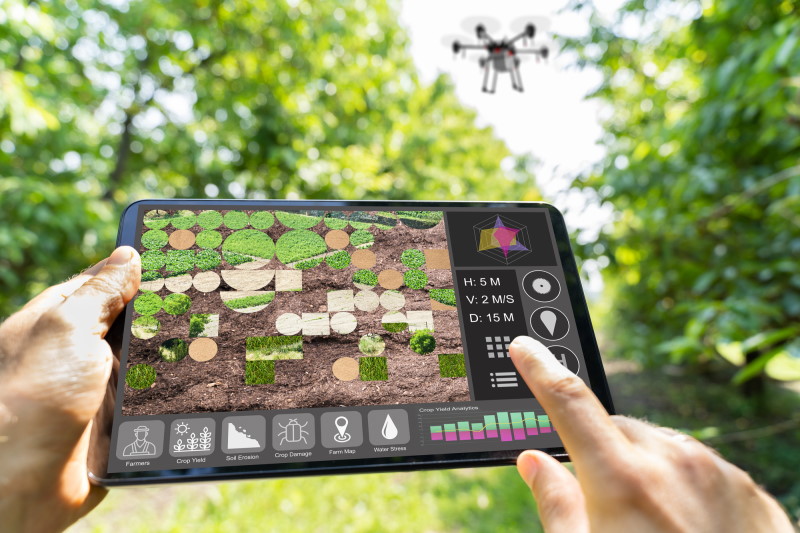
The entire area of R&D can feel overwhelming and complicated. Technical requirements and advanced scientific breakthroughs might feel far removed from the day-to-day hard work keeping British farms going.
But within the categories and aims listed above, you may be surprised at how many things you already do would qualify for an R&D tax credit claim.
Examples of agricultural R&D include:
- Using sensors to gather data for improved efficiency
- Analysing data from sensors and adjusting operations
- Investing in eco-friendly farming equipment
- Using biotechnology for crops
- Testing and adapting new methods of production (e.g., changing how cows are milked to increase milk production)
- Developing new ways to clean machinery for better results
- Using new software to analyse soil composition and changing soil management techniques
- Developing new ways to irrigate crops
- Practising selective breeding to improve a herd
- Reduced antibiotic usage to prevent immunity
- Initiatives to reduce environmental impact
- Sustainable farming practices
- New methods of planting crops
- Using drones, scanners, and smart technology
Put simply, anything farmers do to find new ways of making farming operations more straightforward, more profitable, and more efficient could be used to gain R&D tax benefits.
What You Need To Know To Claim R&D Benefits
With the UK government looking to encourage more British farmers to make R&D tax claims, you could stand to benefit from understanding the system and how it works.
Many farmers choose to hire an external R&D tax specialist company to help them make an R&D claim. These companies can lift the burden of collecting evidence, creating and capturing appropriate data, as well as completing the application forms and submitting these to HMRC.
The more evidence and data collected, the higher the chance your claim will be approved. You must keep detailed records of spending, improvements, and results.
Some farmers may also need to make a few business changes to qualify.
R&D tax claims only apply to UK-registered limited companies. As such, you may need to change your business structure which could add additional costs but may be worth it in the long run.
You should also be aware that whether you make a claim yourself or use third-party support, you will need to allow time for external visitors to collect data or complete the application yourself.
Employing an R&D tax expert can save time and eliminate the hassle of making tax claims. Our preferred partners, on average, only need between 2-4 hours of your time to start processing the claim for you.
Could you benefit from R&D tax credits?
With so many farmers not claiming the tax credits they could qualify for – you could be missing out on a serious financial boost for your business. So much so that instead of looking for agricultural finance or farming loans to invest in the farm, you could use money from HMRC to do this.
If you think you are already undertaking projects that qualify for R&D tax credits or want to discuss options for diversifying your farming business or to start undertaking R&D projects, get in touch with us today.
We can put you in touch with one of our experts so you can make the most of the available tax benefits and ensure your business meets the appropriate criteria.
With nothing to lose and perhaps a lot to gain, what are you waiting for?

